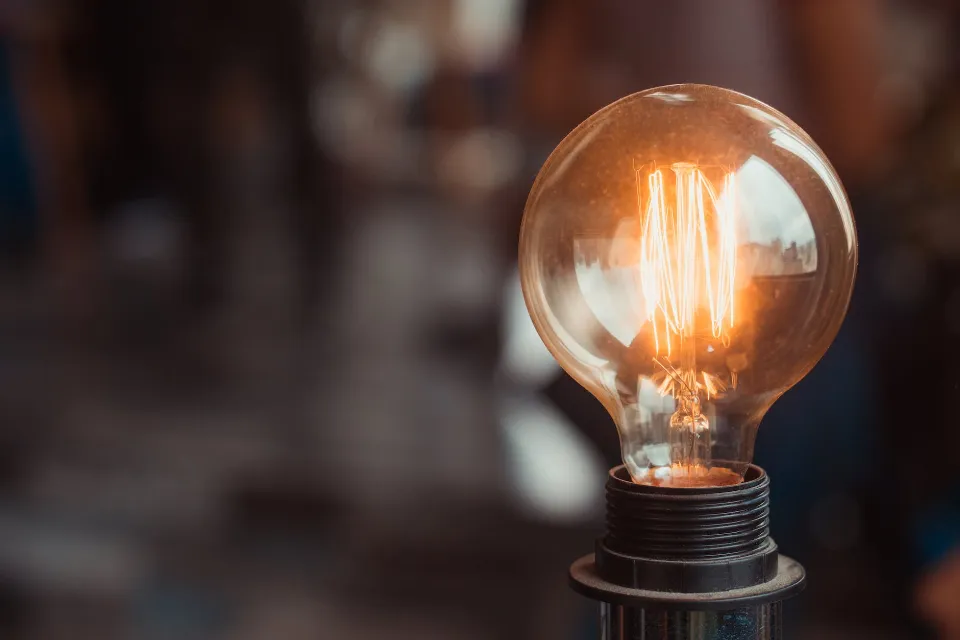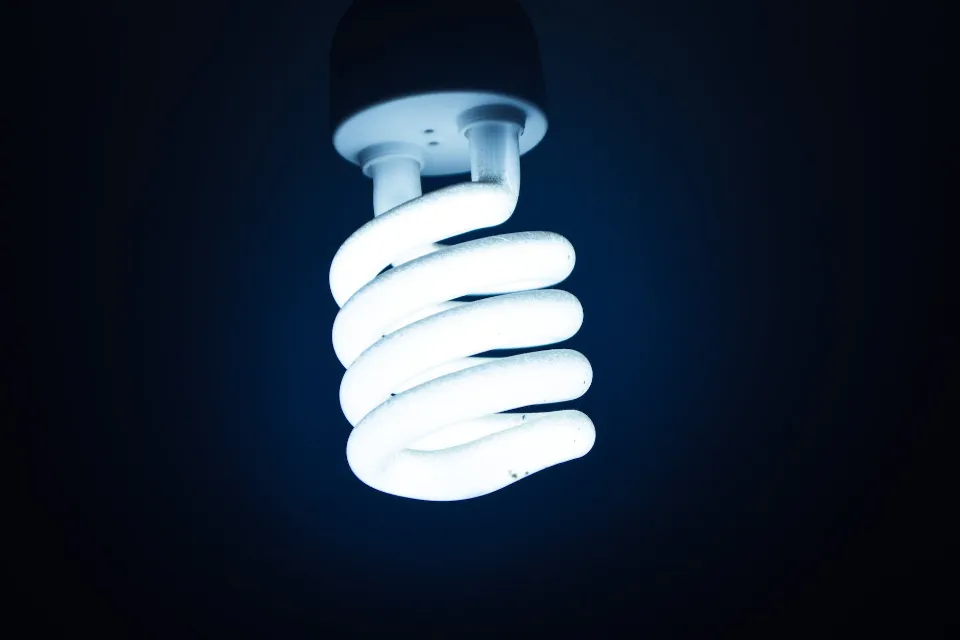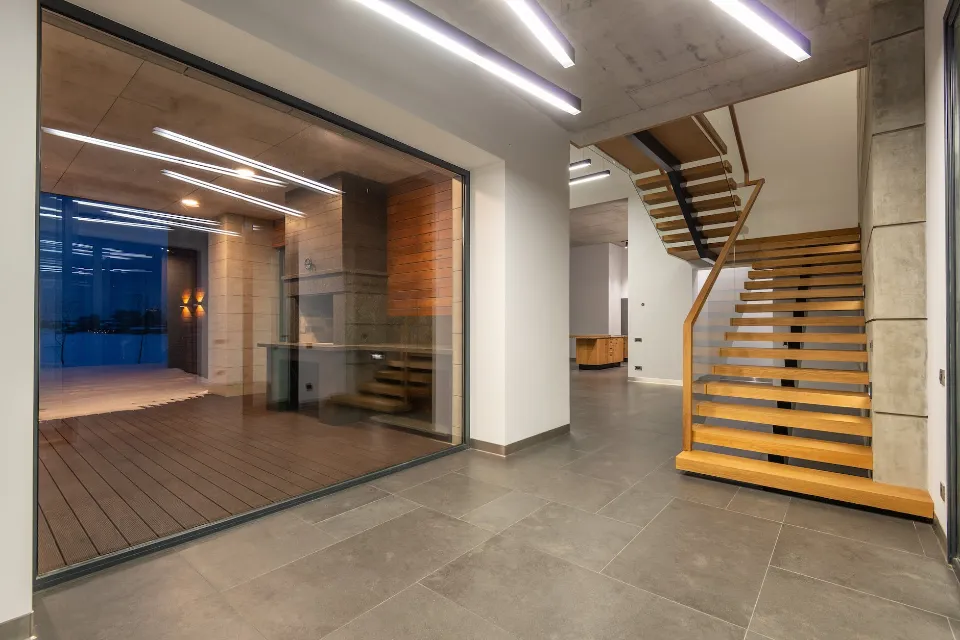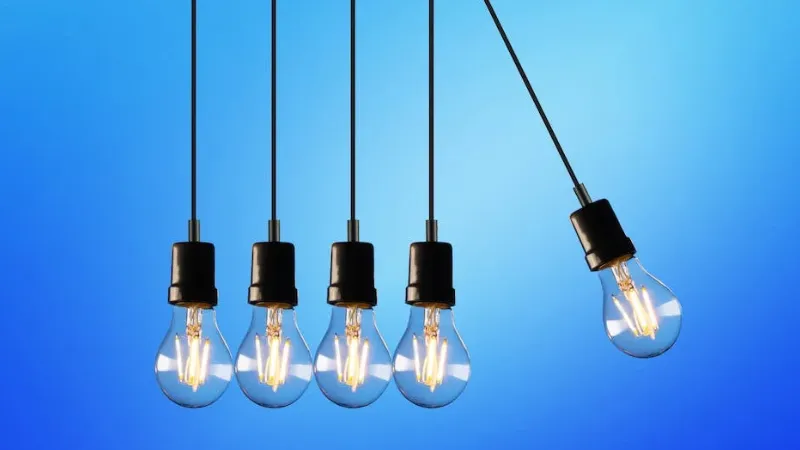Many people have switched in recent years from outdated incandescent or halogen bulbs to LED bulbs, with the longer lifespan of this technology serving as the primary motivator. So, how long do LED lights last? Below will also tell you how to extend the lifespan of your light bulb.
On their packaging, LEDs frequently list a lifespan of 5, 10, 17, or even 20 years. These figures may appear appealing to customers, but they can also be deceptive. For this reason, we advise making a customized calculation or suggesting that customers do so. Depending on how it will be used on a daily basis, a light source can have a different lifespan.
Please read on for more detailed information.
How Long Do LED Light Bulbs Last?
How long do LED lights last? Lofty manufacturer claims can make you go blind from the light. Whether you’re installing LED strip lights in the kitchen or a new fixture in the bathroom, lifespan matters.
While some manufacturers include a time estimate on their packaging, which is often listed as anywhere from 5 to 15 years, this can somewhat bend the truth.
It is actually impossible to determine an LED light bulb’s lifespan solely by the passage of time; actual usage is what matters most. After all, a light bulb in an abandoned spare room will last a lot longer than one in a mudroom that nobody ever remembers to turn off.
Accounting for the usage of the average bustling household, a more realistic figure on how long LED lights last is anywhere from four to seven years.
Of course, it’s certainly possible for your bulb to last 10 years, or even the maximum amount of time touted on the packaging, but this typically factors in less-frequent usage and diligent remembrance to shut it off.

How to Determine LED Lifespan?
How long do LED lights last based on usage if you can’t just rely on the stated lifespan on the packaging? Most manufacturers include the average total hours along with the estimated years that the bulbs will last; you can enter your numbers here to determine how long they will actually last in your home.
Let’s assume that your light bulb’s manufacturer has predicted a lifespan of 15,000 hours. If the light is left on for six hours each day, there would be 2,190 hours in a year. A total lifespan of just under seven years is obtained by dividing the sum of 15,000 hours by 2,190.
More examples based on usage are below:
| Expected Lifespan | Average Daily Bulb Usage | Number of Years |
| 1,000 hours | 1 hour | 3 years |
| 15,000 hours | 6 hours | 7 years |
| 100,000 hours | 12 hours | 2 years |
Although it’s not an exact science, you can use it to estimate the cost savings you’ll actually experience by switching to LED bulbs.
Extend the Lifespan of Your Light Bulb
The expected duration of LED light bulbs can be easily extended with a few precautions:
- Intense heat or cold can significantly shorten the lifespan of LEDs because they are heat sensitive. In fact, environmental factors, such as air humidity (which should be below 80%) and environmental temperature (which should be between -20°C and 30°C), have a significant impact on both the product’s lifespan and its warranty coverage.
- Use the same lighting technology within the same fixture.It is already widely known that incandescent and halogen light bulbs generate a massive amount of heat while producing light. Because of this, LEDs shouldn’t be used in the same enclosed fixture as these light sources or close by. In this situation, it is preferable to keep using the same lighting technology or to convert completely to LED.
- When not needed, turn off the lights. Leaving the lights on will increase energy costs and shorten their lifespan. One simple way to accomplish this automatically is by using a sensor to turn on and off your lights.
- Check your power source.The use of non-compatible wattages or voltage ratings will damage circuits sooner. For instance, installing a 12W light bulb in a fixture that generates 50W will overload the bulb and cause damage.
- Make sure the LED bulbs are appropriate for your needs. Depending on the application, you might want to use a particular light bulb. Some LEDs are made to withstand repeated switching cycles (for lighting homes, hallways, or corridors), while others are made for longer-term use (for lighting businesses).

Why Do LED Lights Get Dimmer over Time?
The loss of luminous power over the course of an LED’s life is referred to as degradation in relation to LEDs.
Degradation is similar to an aging process where the LED gets darker and dimmer over time. L70 ratings are frequently given to LEDs in the US. The time it takes for lumen output to fall below 70% is indicated by this rating. Even though L50, L80, and L90 are also acceptable ratings, L70 is the most frequently used one because this is the point at which the brightness of the light starts to differ noticeably from one another. Even though an LED will continue to produce light once its lumen output falls below 70%, it might not be useful any longer.
Lumen degradation is not a linear metric. Degradation may start slowly, but then accelerate after it drops below the 70% threshold.
Do LED Lights Save Money?
Although it is obvious that LEDs last longer than incandescents, LEDs cost is also higher. The marketing claims a great deal, but is it really that good?
It’s a straightforward yes. According to the U.S. Department of Energy, the average household saves $225 per year on energy costs by switching to Additionally, compared to LEDs, which can last anywhere between 15,000 and 100,000 hours, incandescent bulbs have an average lifespan of about 1,000 hours.
Considering everything, making the initial investment will pay off in the long run by allowing you to use the appliance for many more years while also saving money on energy.
Contact a local interior lighting designer to help you plan the perfect lighting setup for your home.

FAQs
Do LED Lights Burn Out?
LEDs don’t use heat to produce light like incandescent bulbs do. They are particularly energy-efficient due in part to this. The drawback is that they may be susceptible to overheating, which could result in early component failure.
How Often Should LED Lights Be Replaced?
Most LED bulbs boast a lifespan of up to 50,000 hours, which means that you may not have to splash out on After your initial purchase, LED replacement bulbs can last up to 10 years. Halogen and incandescent bulbs are likely to only last 1000–2000 hours as opposed to dimmable LEDs, which can last up to 100,000 hours.
Should I Leave My LED Lights on All Day?
The operating life of a LED is unaffected by turning it on and off. The more frequently fluorescent lamps are turned on and off, the shorter their lifespan becomes; this is not the case for LEDs.
Why Do LED Lights Fail So Quickly?
There are a number of basic reasons for LED lights to fail but the primary issue is heat. The majority of LED lamp failures—in both the fitting itself and the drivers—are due to overheating, which can be caused by a number of design and assembly issues.
Can You Overuse LED Lights?
Light therapy cannot be overdone for most people. If you notice any extraordinary results, stop treatment, and contact your physician. Select the proper device style and LED color, and use it as instructed for the best results.
Summary: How Long Do LED Lights Last?
While many conventional bulbs only last a few thousand hours, the average lifespan of an LED light is an astounding 50,000 hours. It’s great to not have to change your bulbs all the time because, in the long run, it will save you time and be much less expensive.
If you have any questions, please leave a comment. My Prime Home tries to give you the best home improvement information. Don’t forget to share the post. Thank you for reading.



